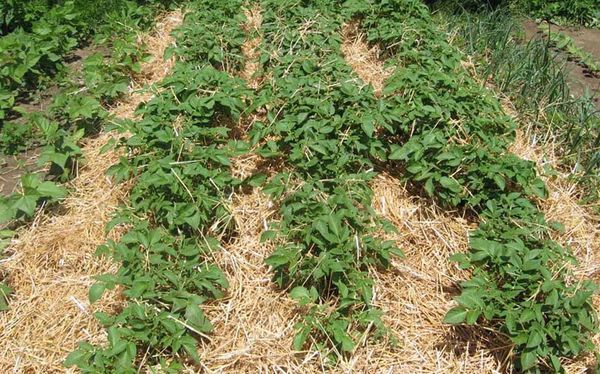
Mulching potatoes with mowed grass (hay) or straw helps to keep moisture and heat in the soil, so planting tubers under mulch is considered an effective way to improve yield under adverse climatic conditions.An important advantage of mulching potatoes with mowed grass and straw is the easier work of the gardener - with such a natural cover, frequent weeding and loosening of soil between the bushes is not required. In addition, the natural condensate that forms when temperatures change at different times of the day saves the soil from drying out on a hot afternoon.
In addition to the agrotechnical benefits of this type of cover, its cheapness remains an important factor - compost blanks carefully dried previously in the sun are suitable as suitable material.
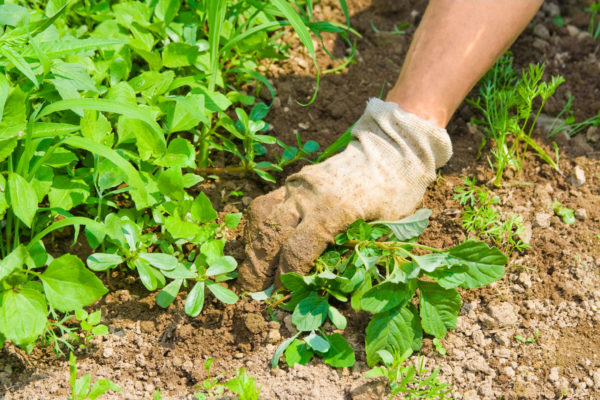
Content
Planting potatoes under mulch
Experienced agronomists recommend planting tubers under mulch. They motivate such recommendations with the complete exception of work on loosening the soil and hilling. In addition, this method allows you to have access to the plant bushes in any weather, which allows you to feed potatoes on time or poison the Colorado potato beetle, despite the impassable dirt in a normal garden.
Landing process:
- Collect all garbage of plant origin on the garden plot allocated for this culture.
- Additionally, feed the soil with humus or peat, pre-mixed with mineral fertilizers with a layer of 10-15 cm. In this case, you do not need to dig the beds.
- Spread the planting material sprouts down, so that when pulled towards the light, a longer stem is obtained. The tuber stacking scheme is standard - as when planting in the usual way under a shovel.
- Cover the entire potato bed with a layer of dried hay or straw. Hay is preferable - it is smaller and better allows moisture and air to pass through. The thickness of the shelter should be at least 20 cm.
- When the sprouts grow by 5-6 cm, put another layer of hay or straw of the same thickness.
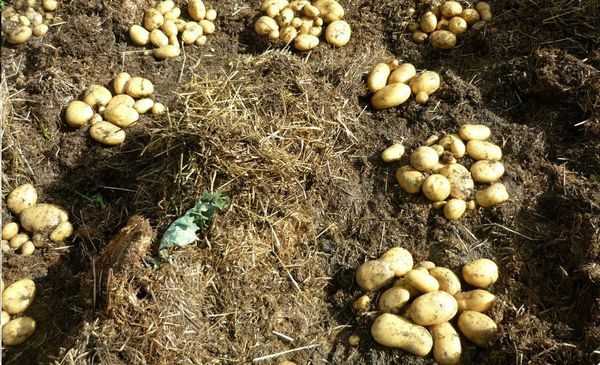
Types of mulch
This category of covering material can be organic and artificial. Benefits of mulch, natural origin:
- cheapness;
- availability;
- gradual fertilization of the soil when used due to natural processes.
Inorganic materials for suppressing weeds and diseases, as well as for creating optimal growth conditions are:
- non-woven materials - spunbond, agrofibre;
- polyethylene film.
Such material can be used for several seasons in a row, but it is not suitable for root crops - with dense shelter under the film, fungal diseases can appear that can ruin the entire crop. Therefore, you will have to “air” the beds, which is not always convenient.
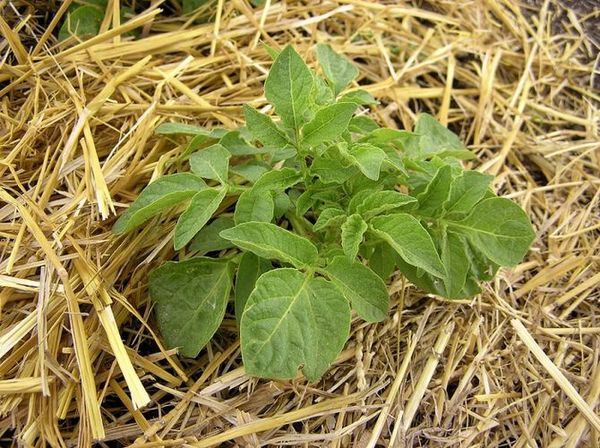
Other ways to mulch potatoes
If you can’t get hay or straw, you can tear off the rows of potatoes with other types of plant or artificial mulch:
- sawdust. For potatoes, waste from all tree species, except conifers, is suitable - they too acidify the soil. Most agronomists advise covering potatoes with rotted sawdust so that as few microorganisms as possible linger on them. The main disadvantage of such a mulching is its poor formability. Judging by the reviews, in cold areas such mulching is not suitable;
- if desired, pine or spruce cones can be used as mulch. But in this case, you will have to put agrofibre under it - the resin, which such a product is very rich in, makes the soil too acidic. Such a shelter is most often used as a decorative one on flower beds with plants that tolerate the increased acidity of the soil;
- besides legumes, phacelia is recognized as the best green manure for potatoes - tubers can be planted directly in rows with this plant. When the potato sprouts become the same size as the satellite, the grass is mowed and used for mulching, after drying. After harvesting, the mulch from siderats should be simply dug up during the autumn preparation of the soil - during the winter it will cross over and become an excellent top dressing for the future crop;
- mulching potatoes with a film allows you to get earlier and more friendly shoots due to the accumulation of heat under the shelter. Therefore, this type of covering material is used only in a dark version. After emergence, the film should be removed - without access to light, the plants will die. If desired, cross-on-cross polyethylene can be cut over each bush so that plants can receive a sufficient amount of sun;
- experts recommend using peat mulching when planting potatoes in holes. In this case, the sprouted tubers should be laid in a shallow hole and sprinkled with a layer of peat mixed with soil. With the growth of stems, this type of mulch should be sprinkled all the time in such a way that the sprouts rise 10-15 cm above the bed;
- when working with compost, most agronomists advise to put newsprint under the layer of matter - this will help to better deal with weeds. A layer of compost for mulching is used small - about 5-6 cm. At the same time, bacteria and worms that intensively process waste can cope with various viruses better than all fungicides of artificial origin.
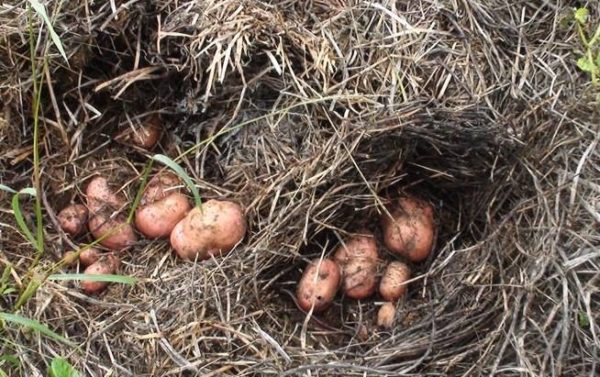
Reviews
Stepan Ivanovich:
“For many years I have been using my own method of planting potatoes - under straw. And every time I get a great result with a minimum of effort. The neighbors straighten their neck, looking at my crop. However, they continue to plant in the old manner, killing a lot of time for weeding and watering. ”
Svetlana Grigoryevna:
“I tried last year to plant potatoes under the sawdust. I didn’t like it - the crop was small and small. ”
Basil:
“I always plant potatoes on newspapers and cover them with peat. I prefer to get a good crop in a small area, so I do not skimp on top dressing and watering. It’s great to grow good potatoes of early varieties on 2 acres - enough until the new crop. ”




 Description and description of varieties in Belarus with a photo
Description and description of varieties in Belarus with a photo Do I need to pick flowers from potatoes: why do they do it
Do I need to pick flowers from potatoes: why do they do it When to dig potatoes: timing and availability of new potatoes
When to dig potatoes: timing and availability of new potatoes How to grow a good potato crop: various methods and methods, planting and care
How to grow a good potato crop: various methods and methods, planting and care